
Lacto-Fermented Salsa is a delicious and healthy twist on the classic Mexican condiment. Made with fresh ingredients like tomatoes, onions, peppers, and cilantro, fermented salsa is created by allowing natural fermentation to occur, which gives it a unique flavor and texture. Fermentation is the process of breaking down sugars in food using bacteria or yeast, resulting in a tangy and slightly sour taste.
Not only does this process enhance the flavor of the salsa, but it also increases its nutritional value by adding beneficial probiotics. Whether you’re a salsa lover looking to try something new or a health enthusiast seeking a nutritious addition to your diet, fermented salsa is definitely worth a try.
Why You’ll Love Fermented Salsa
- Fermented salsa has a tangy and slightly sour taste due to the natural fermentation process, which sets it apart from traditional salsa. The fermentation process also enhances the flavors of the fresh ingredients, making them taste more complex and interesting.
- Fermentation adds beneficial probiotics to the salsa. These friendly bacteria can help improve gut health, aid in digestion, and boost the immune system. Unlike heat-treated salsas, fermented salsa retains its beneficial bacteria during the canning process.
- Fermented salsa can be used in endless ways beyond your typical chip dip. It can be added to meat marinades, salad dressings, and even soups for an added layer of flavor. This versatile condiment is sure to take your cooking to the next level, making it a staple of your culinary repertoire.
How fermentation works
The fermentation process creates lactic acid producing bacteria (that’s the lacto part of it). The lactic acid that is produced happens when the bacteria break down the carbs into gas, acids or alcohol.
It is done by submerging food into a brine of salt & water. This reduces oxygen exposure. The lack of oxygen + time = lactic acid. All of this good, live bacteria inhibits the development of pathogens and saves it from spoilage.
What are the benefits?
- It increases the bioavailability of nutrients in the food. For example, iron is more readily absorbed from fermented foods. So eat fermented foods with your meal to get the most from the vitamins and minerals in your food!
- Gut health (oh gut health, I love you 😍) It fills your digestive tract with good bacteria while helping heal your gut lining
- It reduces inflammation and increases antioxidants
- It has antiviral, immune boosting and anti allergenic effects
- lowers cholesterol and blood pressure
- improves insulin sensitivity and blood sugar
Ingredients Needed
- Tomatoes are the star ingredient of this fermented salsa recipe. Diced into small pieces, they bring a juicy and slightly sweet flavor to the salsa. Tomatoes are also high in vitamin C, which helps boost the immune system and improve skin health.
- Onion adds a sharp and pungent flavor to the salsa. Diced into small pieces, it adds texture and depth of flavor. Onions are also packed with antioxidants and anti-inflammatory compounds, making them a great addition to a healthy diet.
- Cilantro brings a fresh and herbaceous flavor to the salsa. Chopped into small pieces, it adds a bright pop of green color and a subtle hint of citrus. Cilantro is also rich in antioxidants and has been linked to reducing inflammation in the body.
- Fresh lime juice brings an acidic and tangy flavor to the salsa. It also helps to balance the flavors of the other ingredients. Limes are high in vitamin C and can also aid in digestion and boost the immune system.
- Salt enhances the flavors of the other ingredients and helps to draw out moisture from the tomatoes, which is essential for the fermentation process. A small amount of salt also adds electrolytes and can help to prevent dehydration.
How to Store Fermented Salsa
Fermented salsa should be stored in the refrigerator to slow the fermenting process. It is best to use a container specifically designed for the fermentation, as it will allow the salsa to continue to ferment slightly while in the fridge. A standard glass mason jar works well and you can leave the fermenting lid on top.
It’s important to make sure the salsa is completely submerged in its juices to prevent mold growth. If you notice any mold or an unpleasant odor, discard the salsa immediately. Fermented salsa can be kept in the refrigerator for up to 2-3 weeks, but its taste will change slightly over time due to the continued fermentation process. Enjoy your delicious and nutrition-packed fermented salsa!
Fermenting Equipment
- A quart size mason jar is a great vessel for fermenting
- I use this salt (code LAURA15) because it is high quality and contains beneficial minerals for the fermenting bacteria.
- All food pieces need to be submerged during the fermenting process. This helps avoid mold. I like these weights to hold everything down.
- These breathable lids make it so you don’t have to burp the lid. It releases air naturally.
FAQs
How does fermented salsa differ from regular salsa?
Fermented salsa is made by allowing the ingredients to ferment naturally, giving it a unique tangy and slightly sour taste. The fermentation process also adds beneficial bacteria that can help improve gut health. Regular salsa is typically made with fresh ingredients and does not undergo fermentation.
Is fermented salsa safe to eat?
As long as the fermentation process is done properly, fermented salsa is safe to eat. The beneficial bacteria that grow during fermentation help preserve the salsa and prevent harmful bacteria from growing. However, if you notice any mold, an off smell, or unusual colors on the salsa, it should be discarded.
Can I ferment salsa using different ingredients?
Yes, you can experiment with different ingredients to create your own unique fermented salsa recipe. Just keep in mind that some ingredients may ferment faster than others, so it’s important to monitor the fermentation process closely to avoid spoilage.
How long will fermented salsa last?
Fermented salsa can last up to 2-3 weeks in the refrigerator if stored properly in an airtight container. The taste will continue to develop as it ferments, so it’s recommended that you taste it periodically to determine if it’s still fresh.
What are the health benefits of fermented salsa?
Fermented salsa contains beneficial probiotics that can help improve gut health, aid in digestion, and boost the immune system. It also contains a variety of vitamins and minerals from its fresh ingredients that can support overall health and well-being.
Why does salsa get fizzy?
Salsa can sometimes get fizzy because of the natural process of fermentation, which occurs when the sugars in the vegetables or fruits are metabolized by bacteria and yeast. During this process, carbon dioxide (CO2) is released as a byproduct, which can create bubbles or a fizzy texture in the salsa. This is similar to how carbonation is produced in beer, wine, and other fermented beverages.
What other fermented foods taste delicious?
There are several other fermented foods that are delicious and can add variety to your diet. Some examples include:
- Kimchi – a traditional Korean side dish made with fermented vegetables such as cabbage and radish.
- Kombucha – a fermented tea drink that is naturally carbonated and can come in a variety of flavors.
- Sauerkraut – a popular German and Eastern European dish made with fermented cabbage.
- Miso – a traditional Japanese seasoning made with fermented soybeans and grains.
- Tempeh – a vegetarian protein source made with fermented soybeans.
- Yogurt – a popular dairy product made with fermented milk and live bacterial cultures.
Incorporating these fermented foods into your diet can have health benefits such as promoting gut health and aiding in digestion. Plus, they’re a delicious way to switch up your meals!
I have a post HERE on my Instagram showing how to make this salsa!
More Recipes to Check Out
Fermented Salsa
Ingredients
- 1 lb tomatoes diced
- 1 medium onion diced
- 1 handful cilantro chopped
- 1 lime juiced
- 1/2 tablespoon salt
Optional
- 1 clove garlic minced
- 1 jalapeno pepper
- 1/2 cup mango diced
Instructions
- Mix all of the ingredients together. Do a taste test to make sure you can taste the salt. Salt is important because it helps to inhibit the growth of bad bacteria.
- Put the salsa in a quart jar. Gently press down so everything is under liquid. Use a weight, piece of onion or bell pepper to keep the salsa ingredients submerged. Put on a lid and open the lid at least once per day.
- Let the jar sit on the counter for 2-5 day (it ferments quicker in warm temperatures and slower in cool temperatures). You'll know it's fermenting when bubbles start to appear when you stir it. When the salsa starts to taste tangy, it is ready to eat. Store the fermented salsa in the fridge.
Notes
- on scrambled eggs
- in a taco
- as a salad topping
- add it to guacamole
- eat it with chips
- have a spoonful straight from the jar


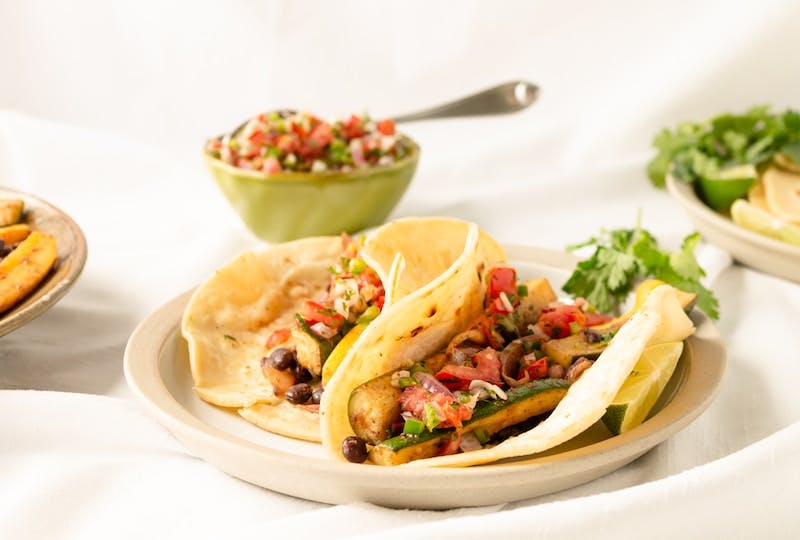

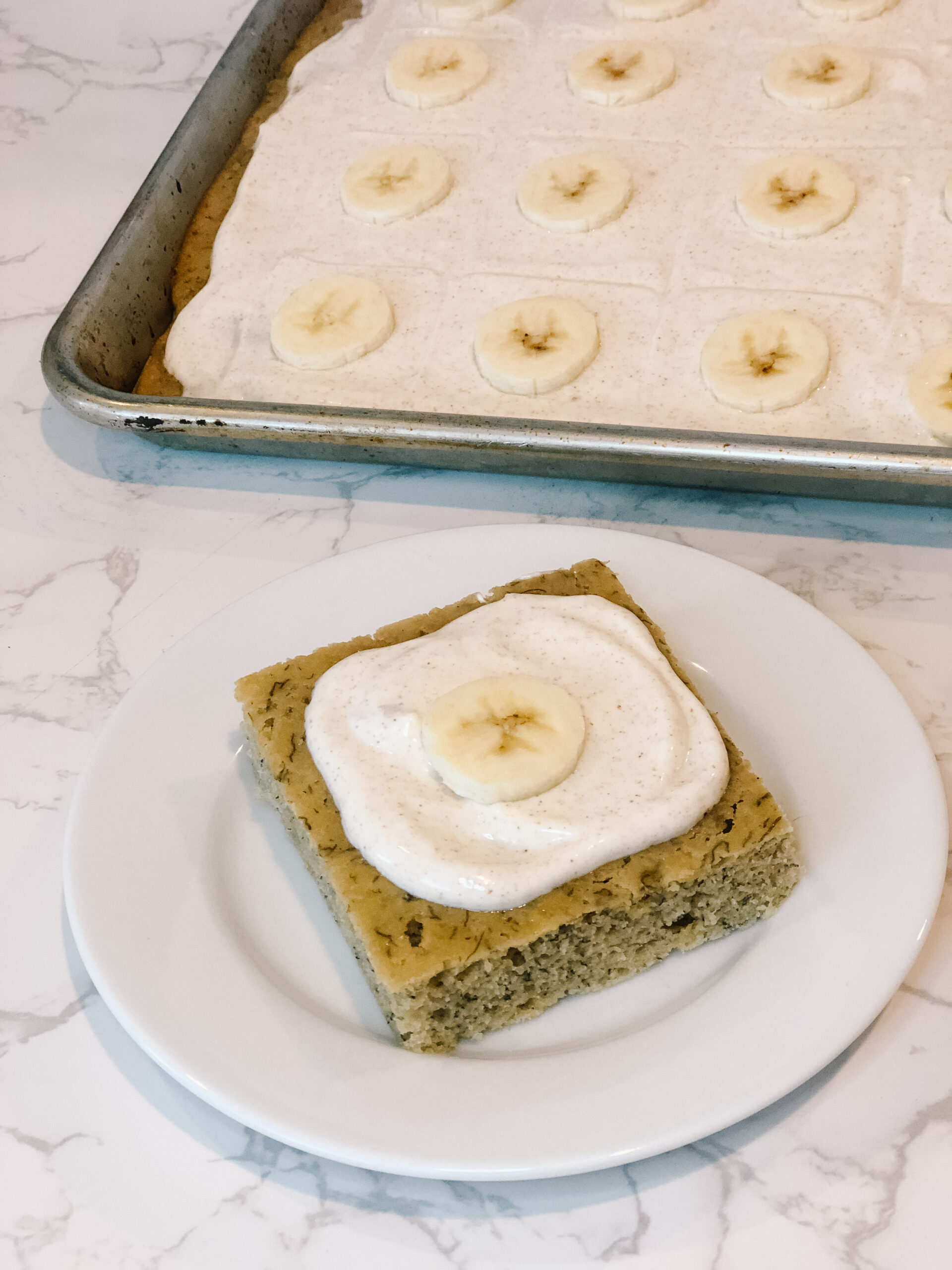



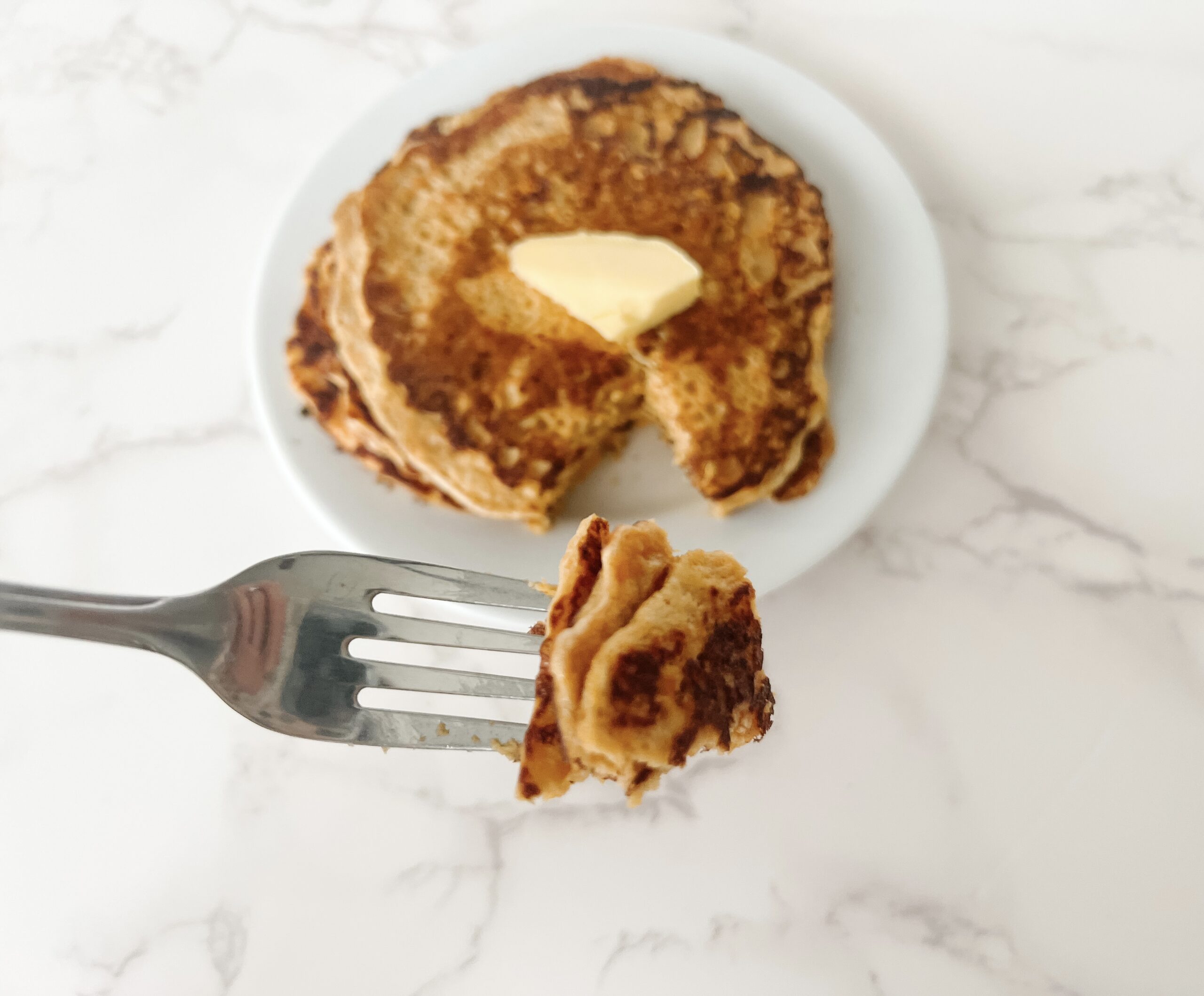
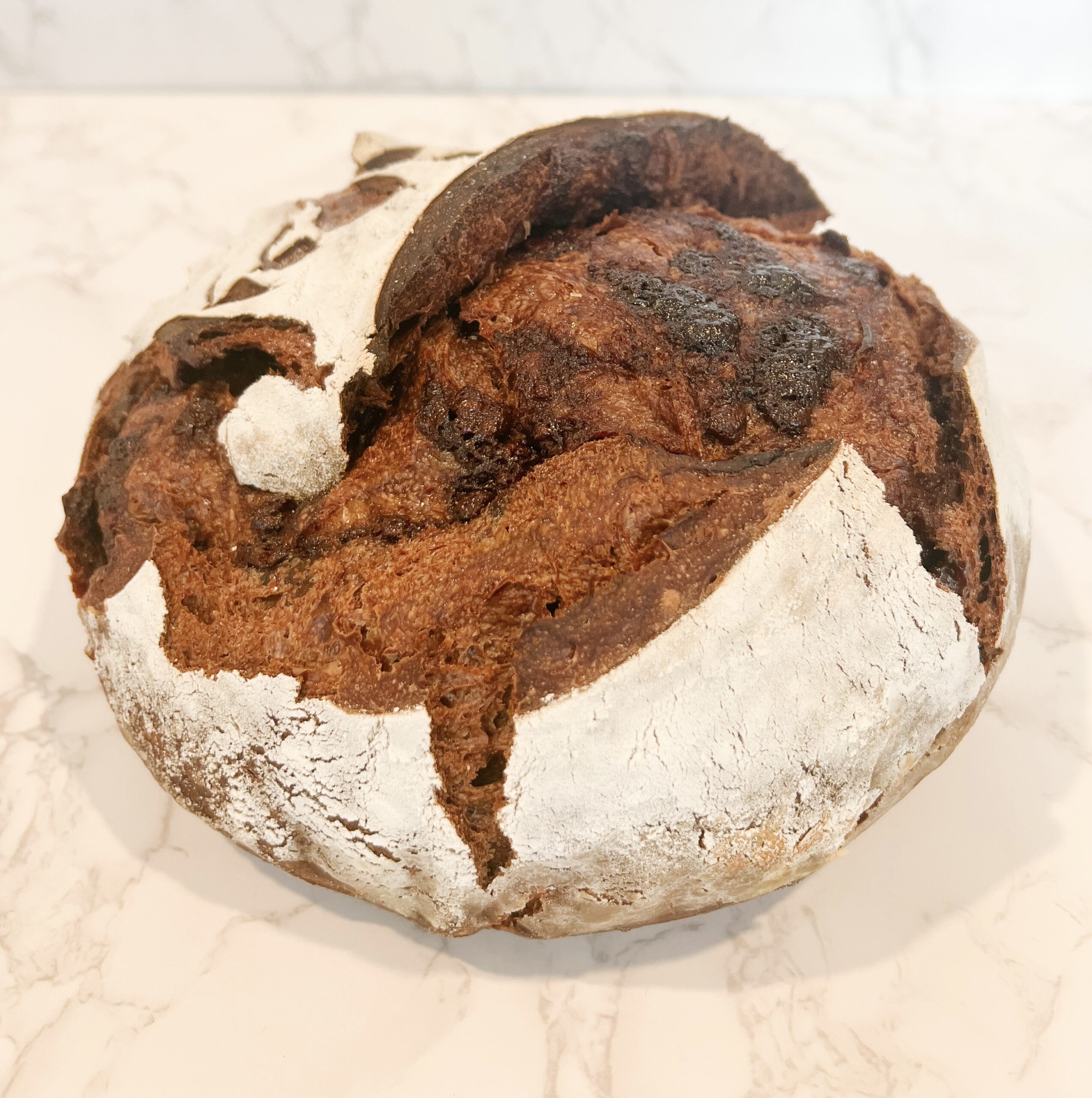
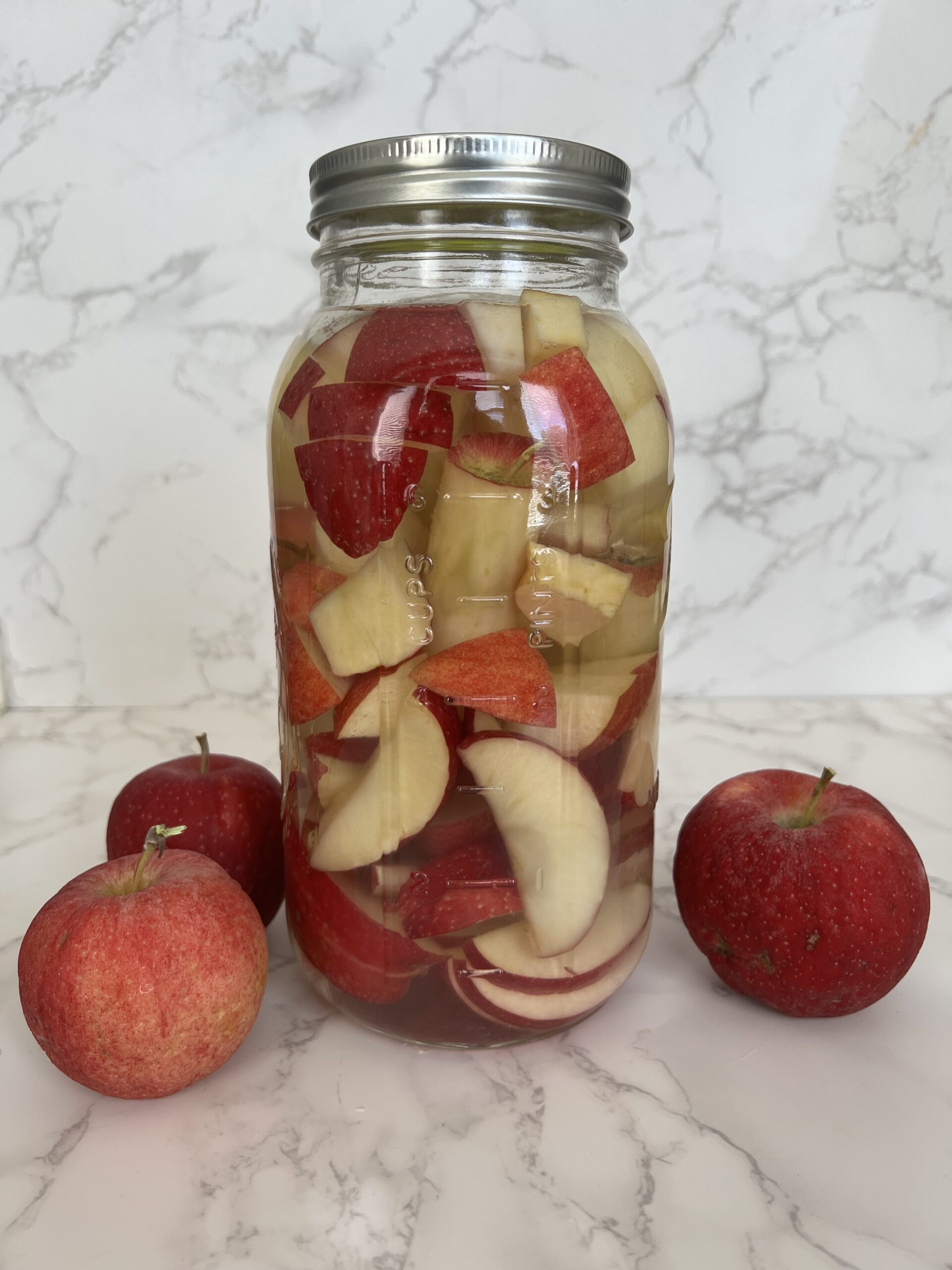

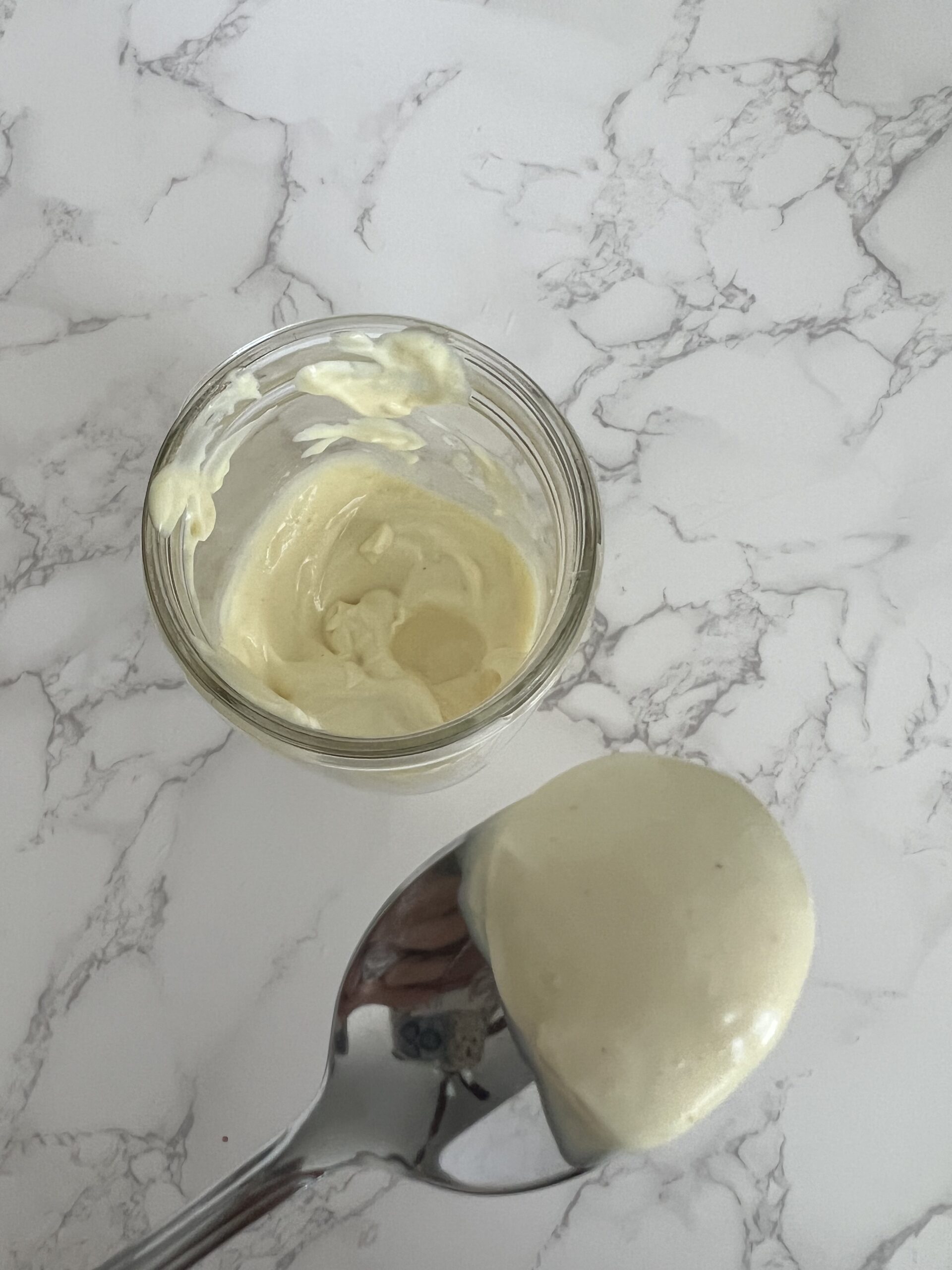
Is there any reason why I shouldn’t whir it all up in my food processor before fermenting? Or is that ok?
Author
Yes, you can do that! It’s personal preference…smooth or chunky 🙂